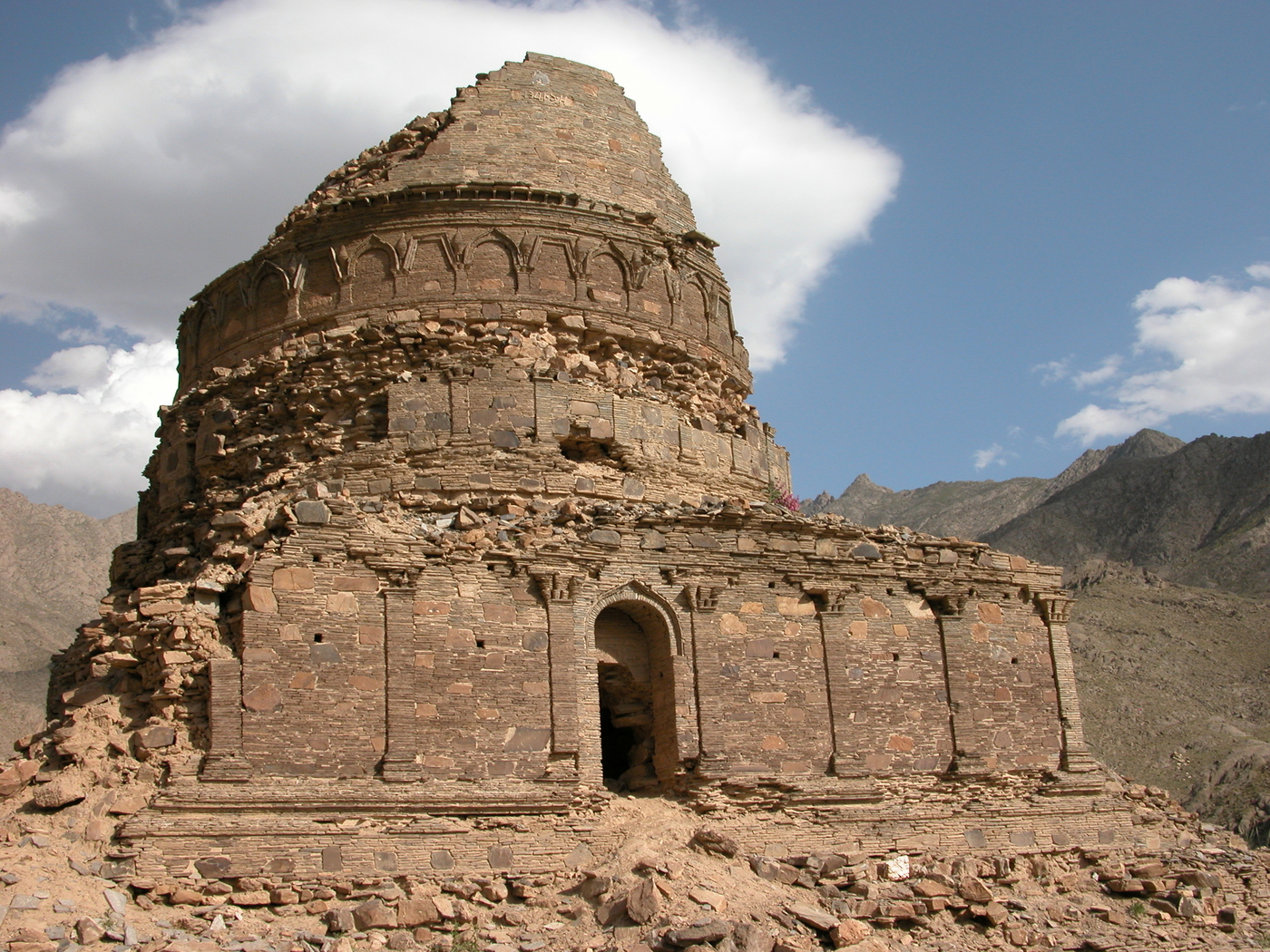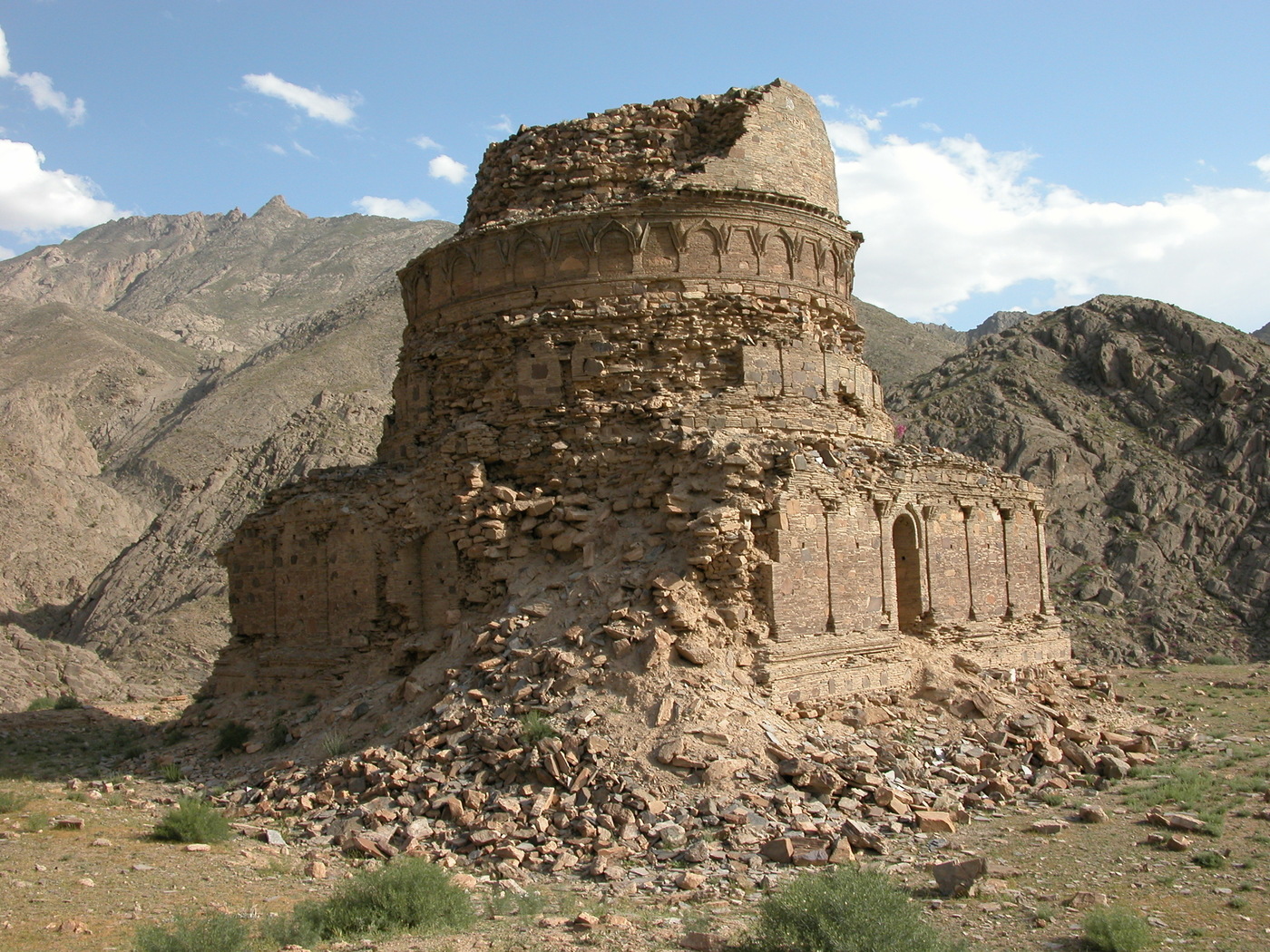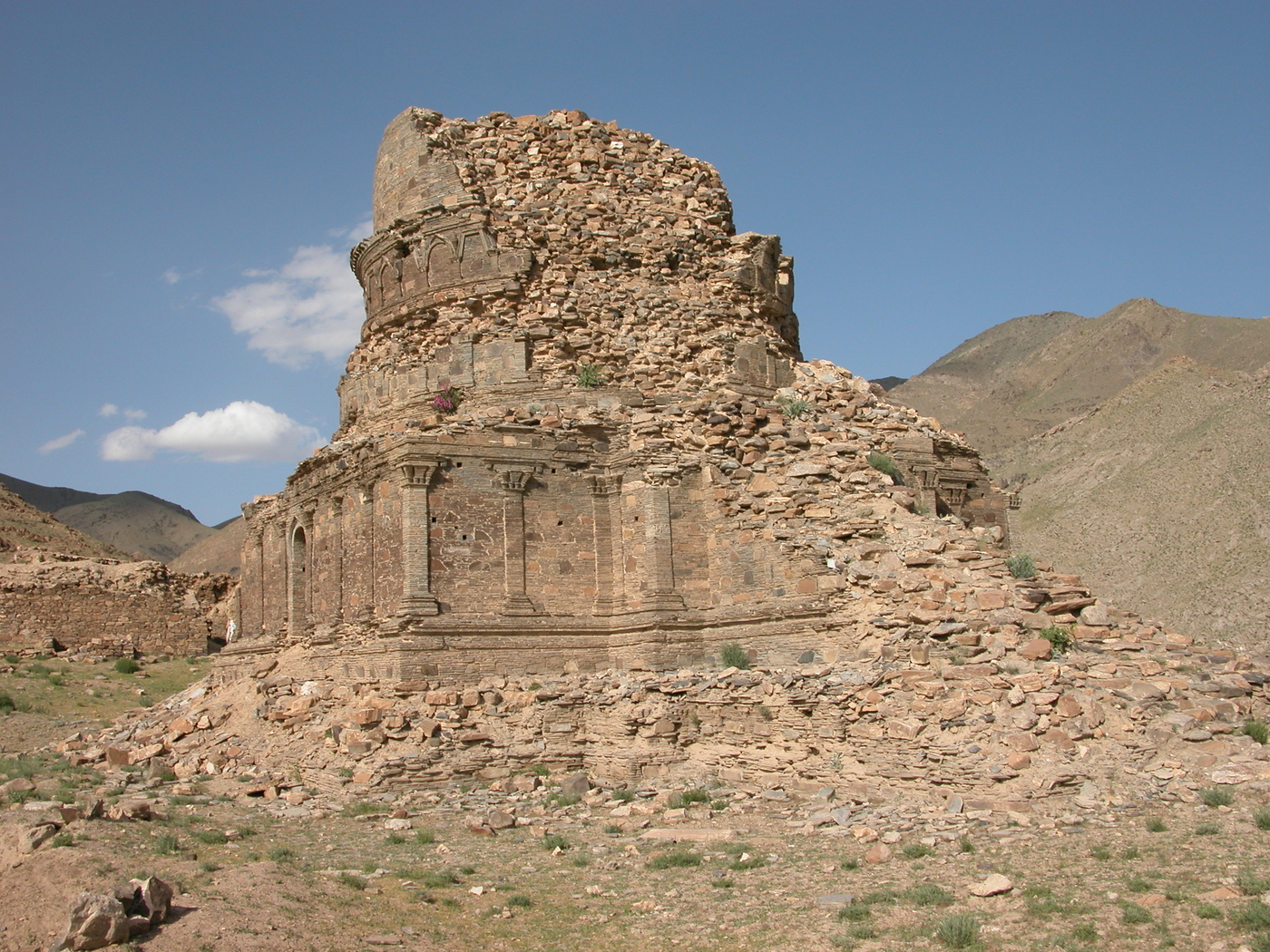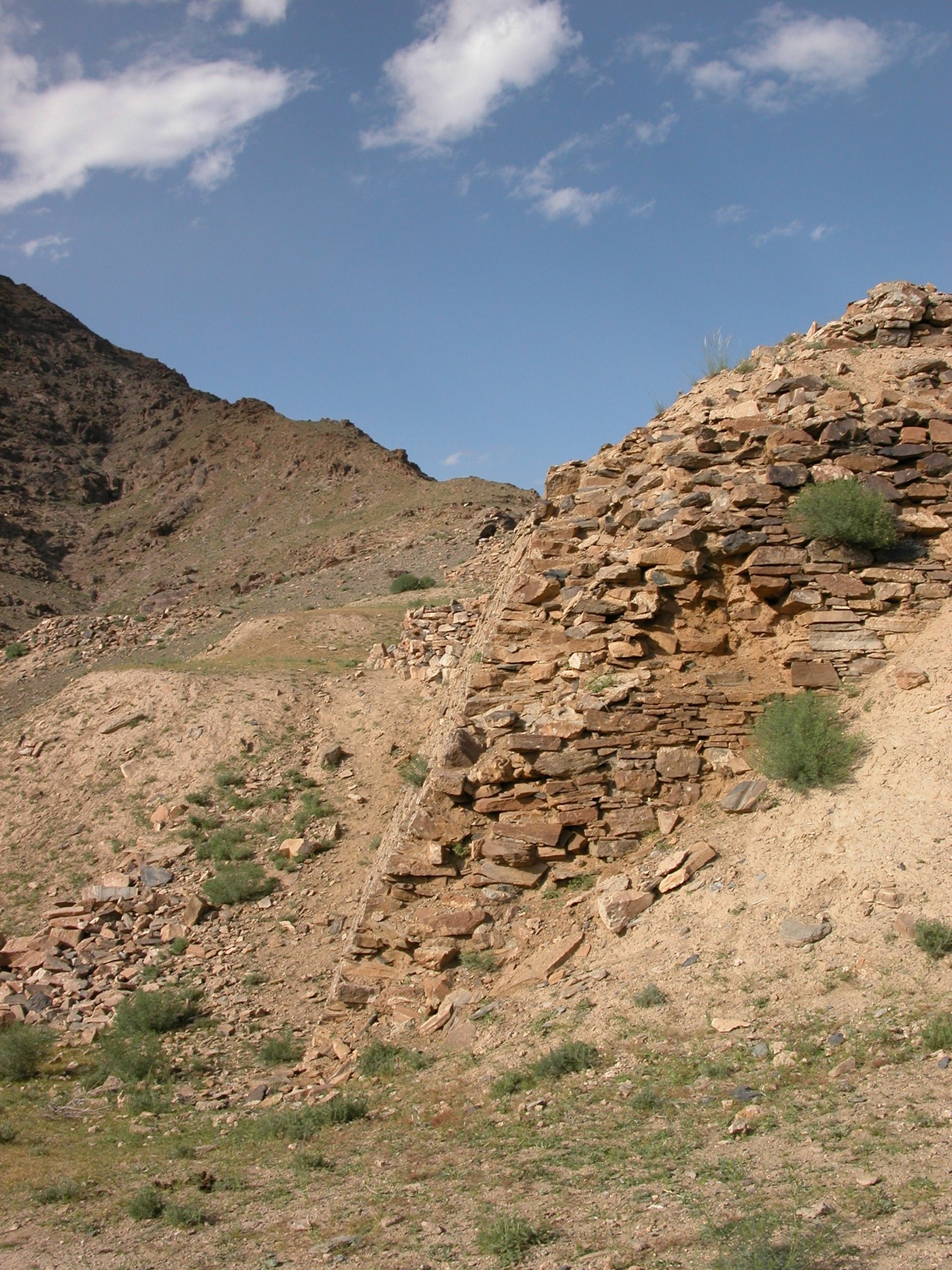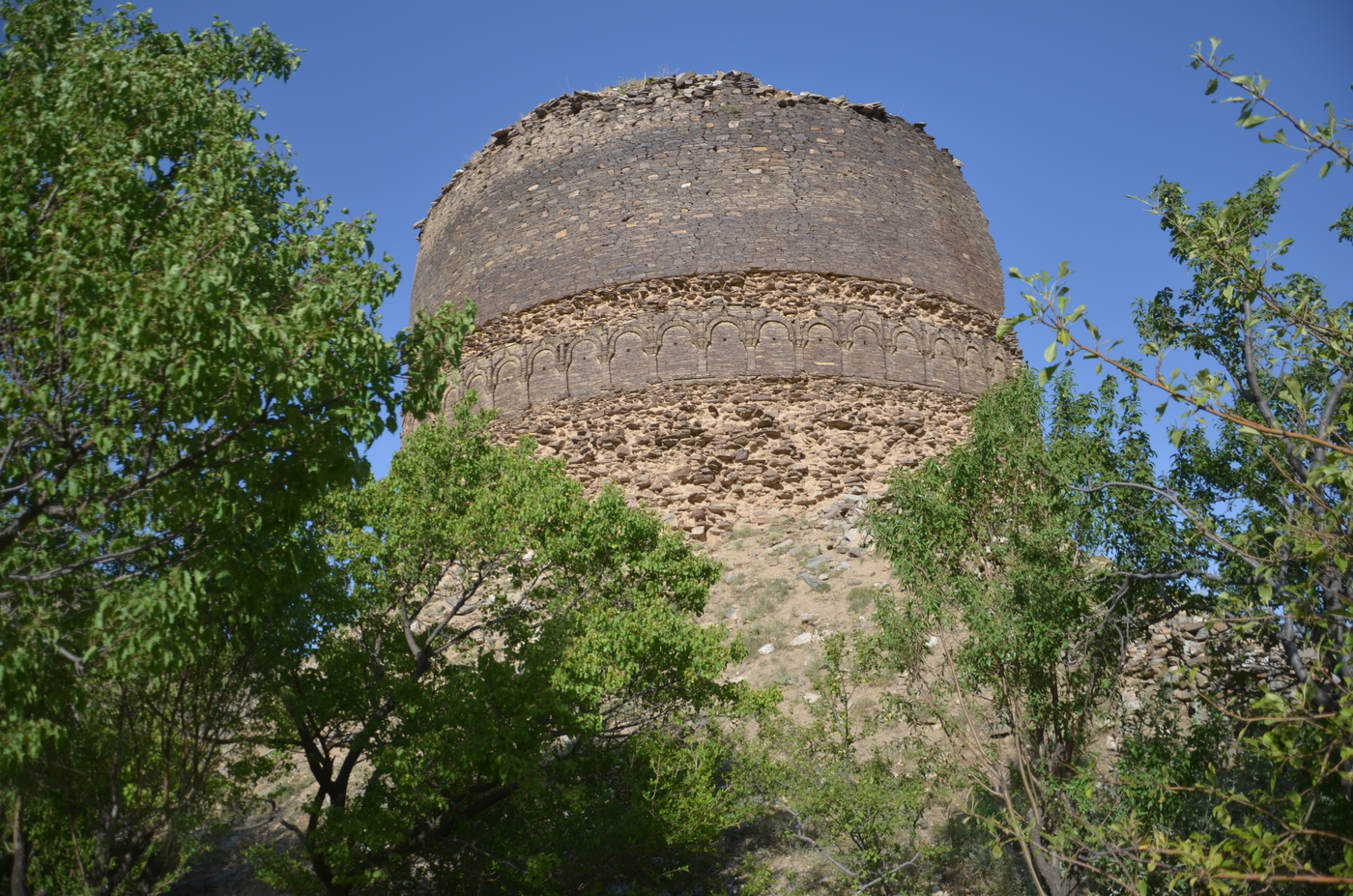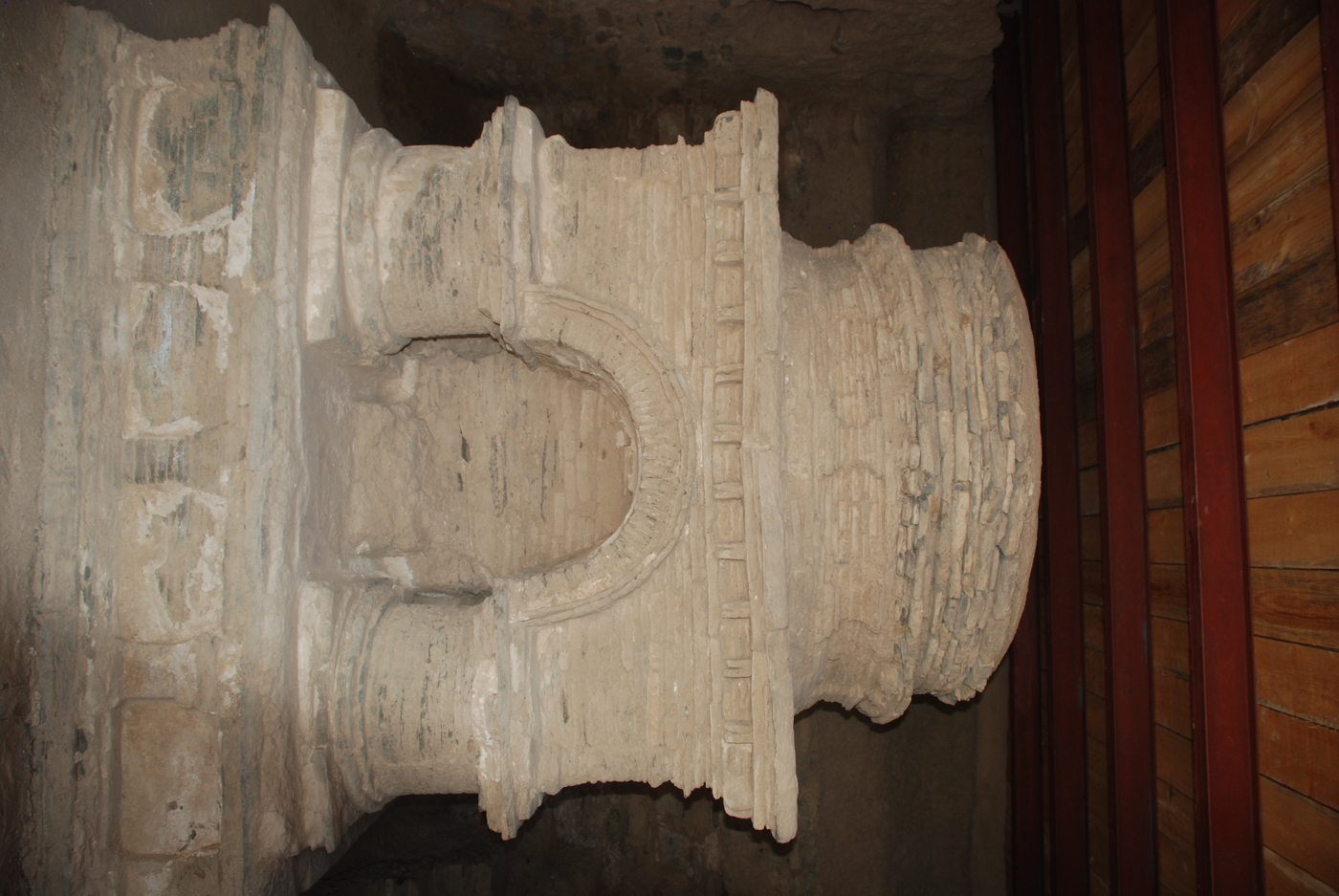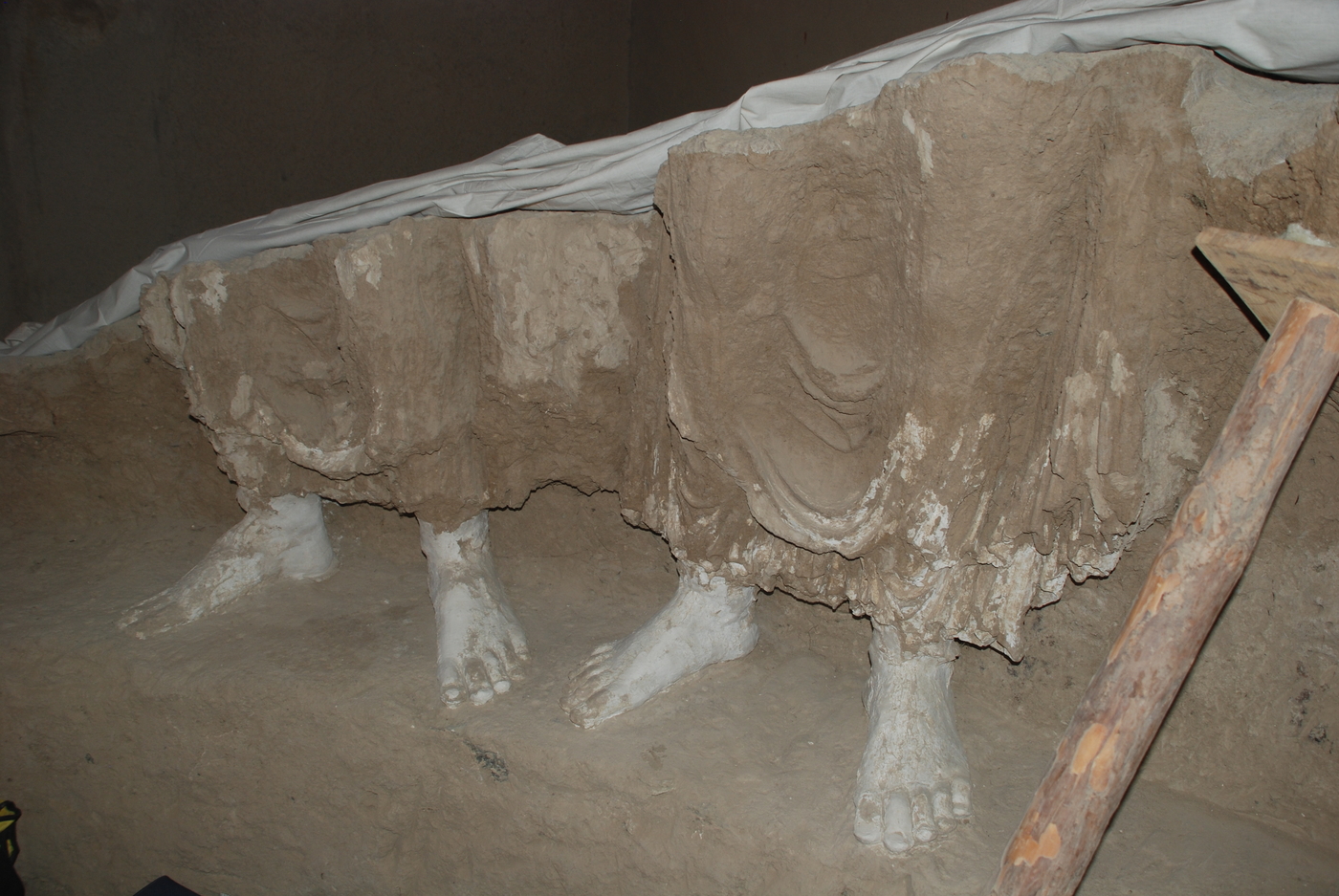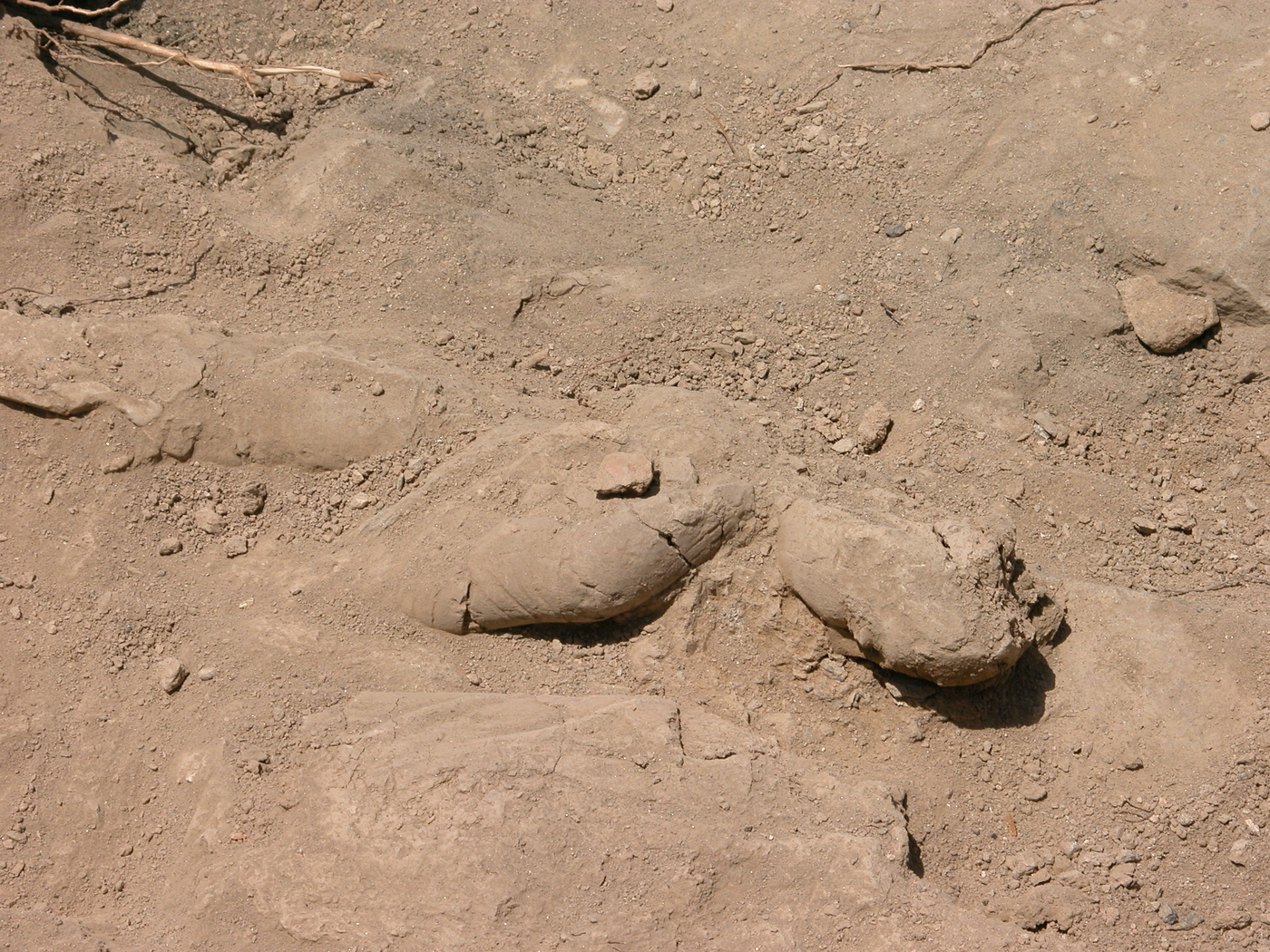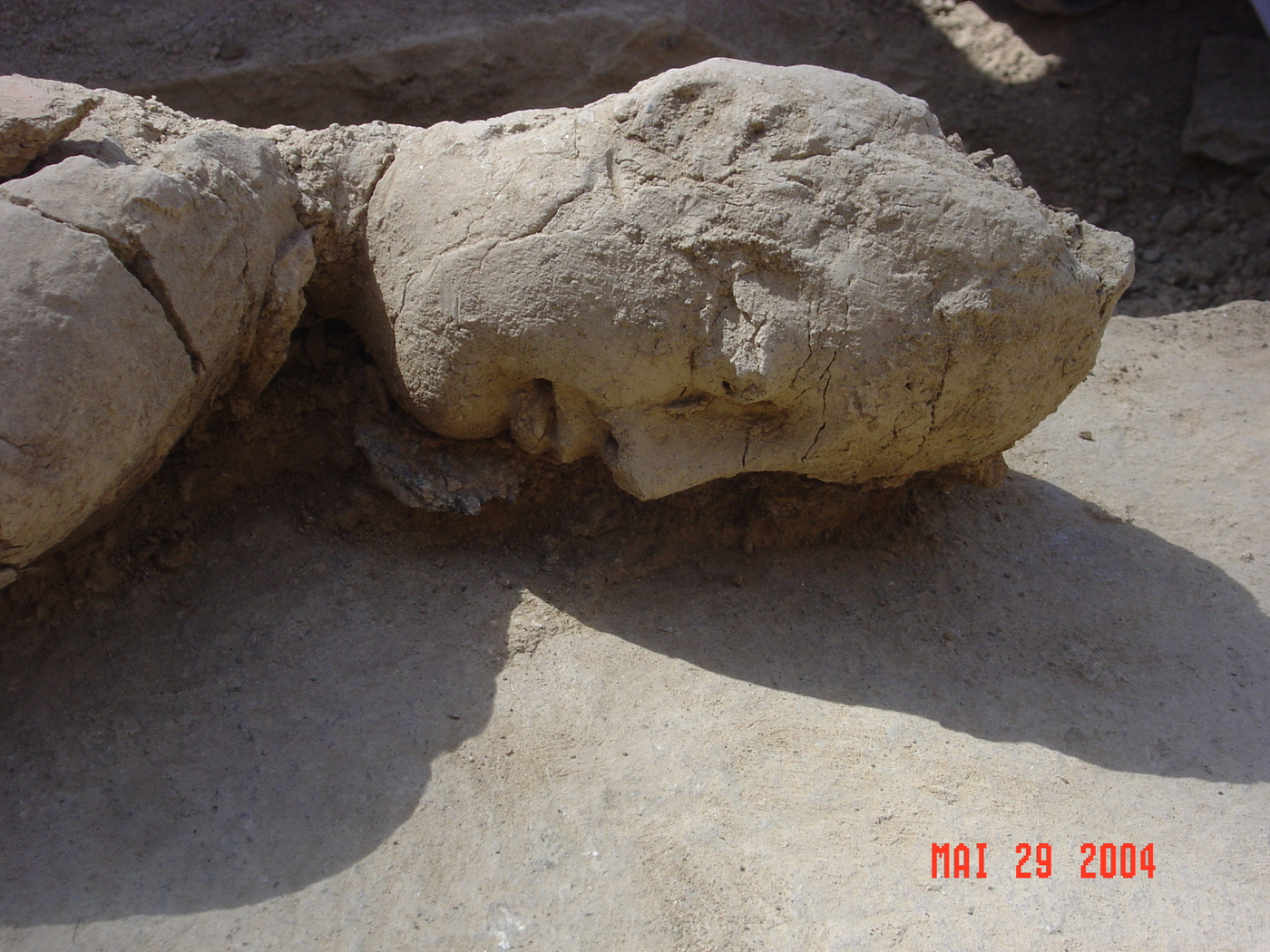Buddhist monuments of Kabul
The Kabul region is one of the regions of Afghanistan most extensively explored by archaeologists, bringing to light an extremely rich array of Buddhist artefacts. This wealth of objects reflects the region’s strategic role at the crossroads between India, Iran, China and Central Asia.
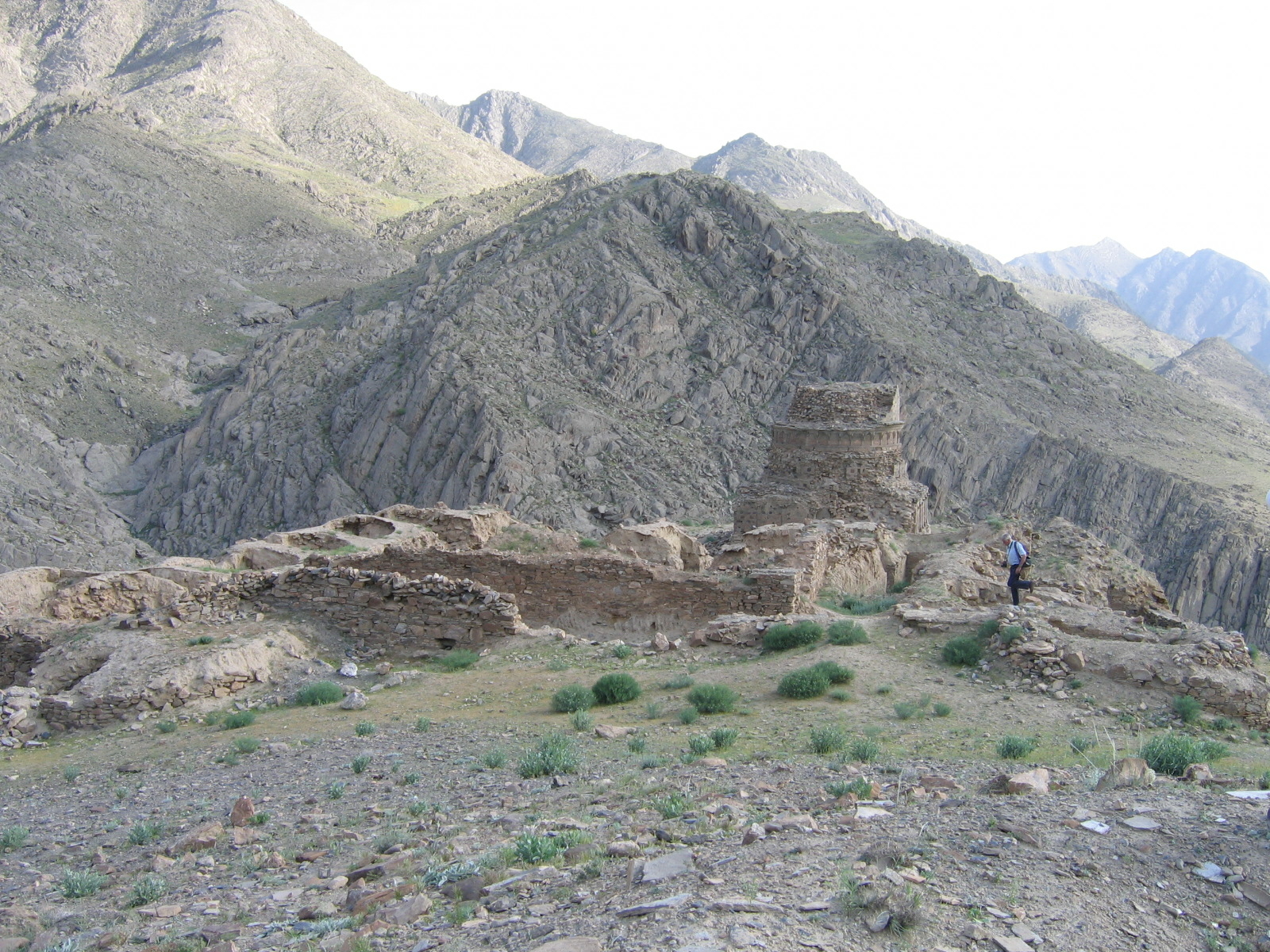
A dense concentration of sites
From the 1930s to the present day, the Kabul region has been studied by archaeologists from DAFA who, taking advantage of the logistical facilities offered by the Afghan capital, decided to explore the surrounding area: Tepe Naranj, Tepa Marandjan, Kol-e Tout, Khair Khana, Goldara, Shivaki, and Top Dara. Although many of these sites were looted in previous centuries, several imposing remains have survived, like the stupa of Top Dara, some thirty kilometres to the north of Kabul - the largest construction of its kind still standing in Afghanistan.
A complex network
In Kabul itself, DAFA excavated, from 1933, the Tepe Marandjan monastery on the hills to the north of Bala Hissar, and then, in 1934, the temple of Khair Khana, probably for Hindu worship, which dominated the hill giving access to the plain of Shamali to the north of Kabul. These initial excavations revealed the density of Buddhist occupations in this area and clearly show the relationship between the sites and control over the territory. The most recent excavations by Gérard Fussman at Top Dara and Goldara (1963-1965) confirm this impression.
Essential data for the history of Buddhism in the region.
Excavations by the National Afghan Institute of Archaeology directed by Zafar Païman in Tepe Naranj and Kol-e Tout, close to Bala Hissar in Kabul have shed fresh light on the last phases of the occupation of the Buddhist monasteries in the region, which we now know continued to function, at least in part, even after the arrival of Islam. Conservation work and the excavation carried out in Top Dara has provided more detailed information on this monumental stupa and the monastery built close to it. The main access stairway to the stupa was cleared and conserved.
Essential data for the history of Buddhism in the region.
Excavations by the National Afghan Institute of Archaeology directed by Zafar Païman in Tepe Naranj and Kol-e Tout, close to Bala Hissar in Kabul have shed fresh light on the last phases of the occupation of the Buddhist monasteries in the region, which we now know continued to function, at least in part, even after the arrival of Islam. Conservation work and the excavation carried out in Top Dara has provided more detailed information on this monumental stupa and the monastery built close to it. The main access stairway to the stupa was cleared and conserved.


